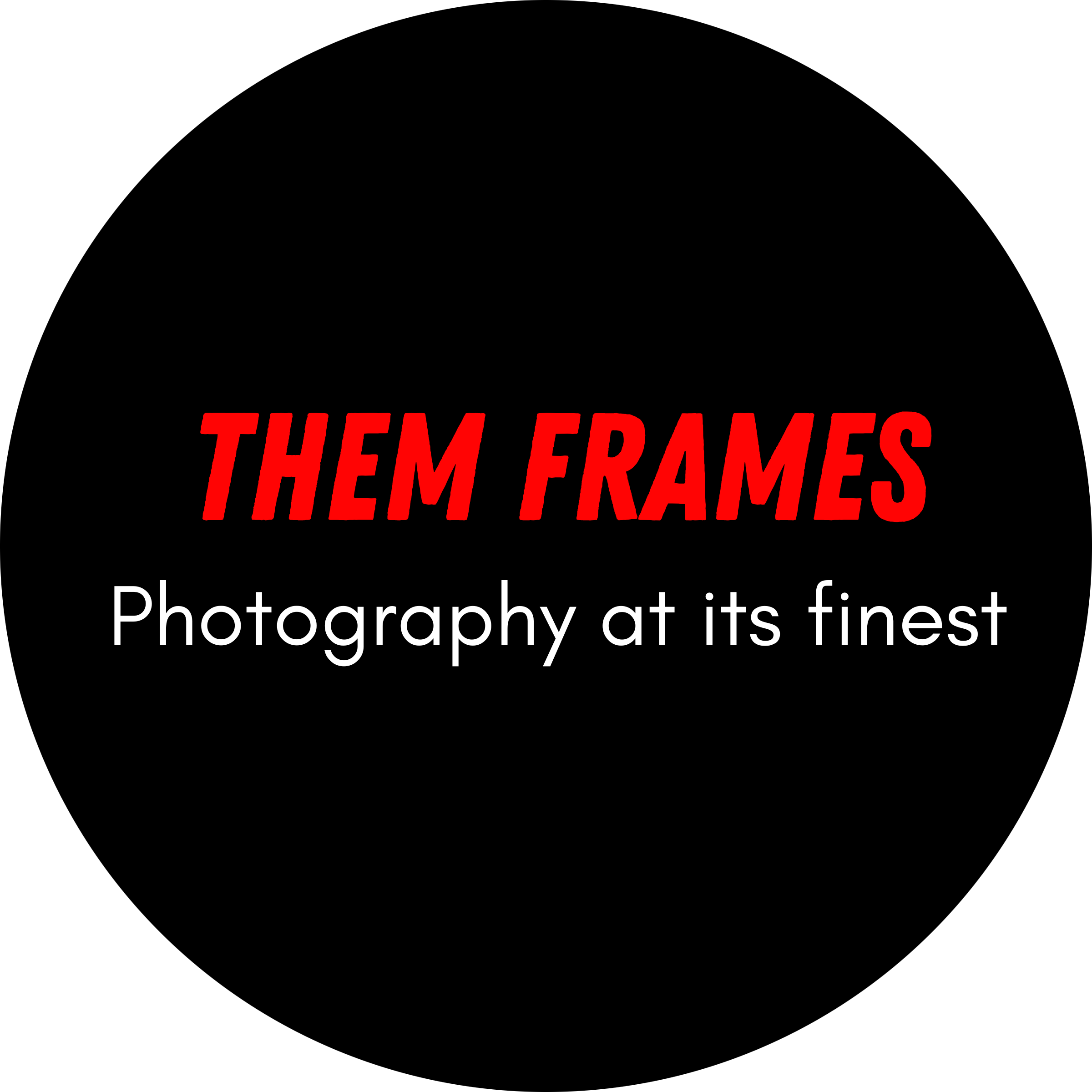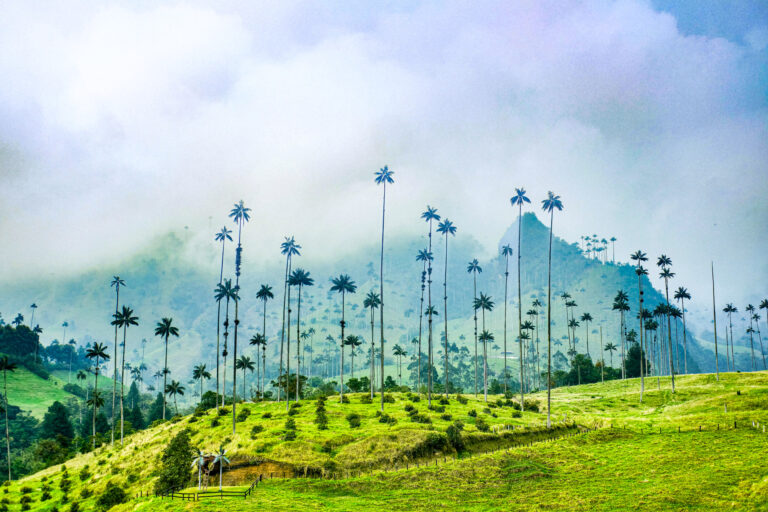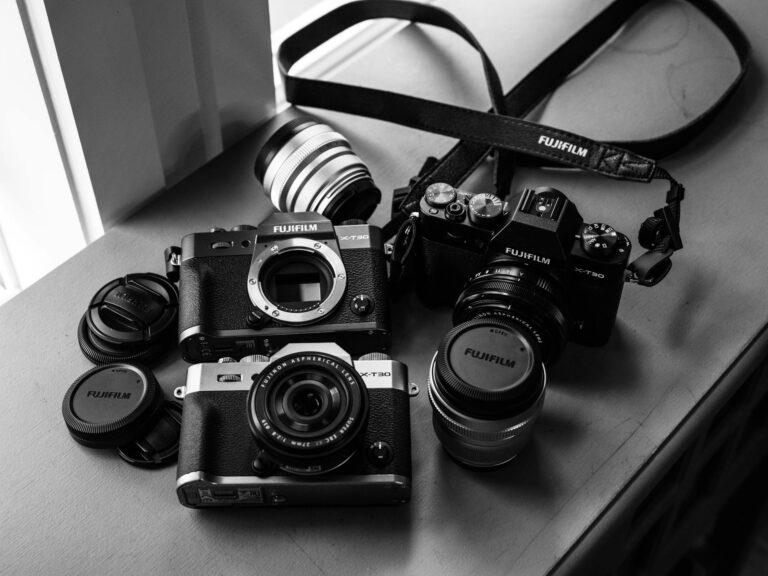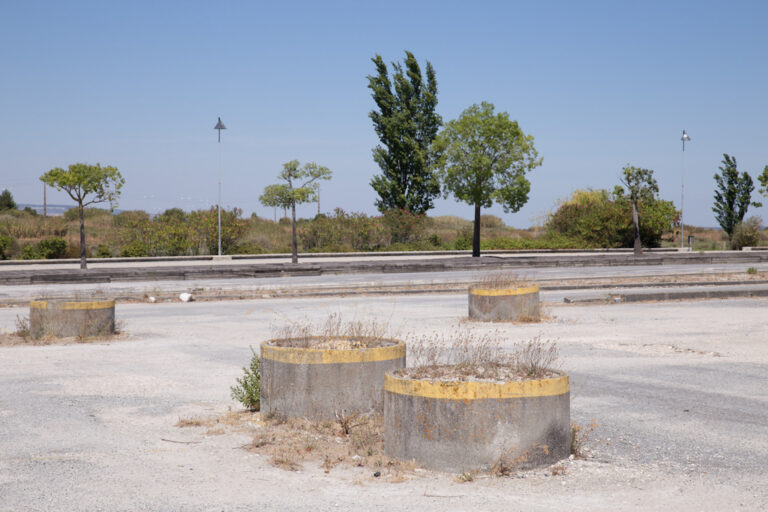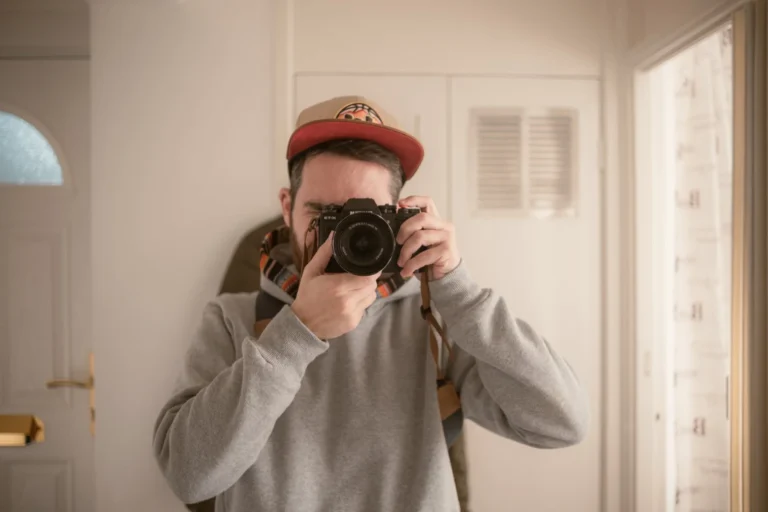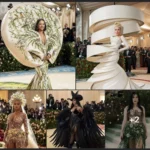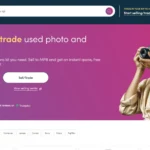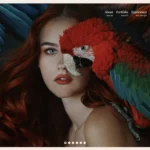
NFT photography is a polarizing topic for the photography community. Many see it as a fad, one they hope quickly fades away. While others see it as the future of photographic creation and consumption. It’s too soon to know exactly which direction NFTs will go, but in the world of photography, I think the potential is extremely exciting.
NFT Photography and Sales

A core reason photographers became hooked on NFT photography is because they saw it as a new way to generate income. It’s not just photographers either. Large-scale photography organizations began selling NFTs. For example, the British Journal of Photography turned its Twitter account–which had roughly 250,000 followers–into an account to sell NFTs.
Over the past year or two, there’s been a massive buzz around NFT photography. However, beyond the headline-grabbing huge sales, most NFT photographers are not making bags of money, or any money for that matter. This leads to some of the old guards, the purists if you will, feeling like NFT photography is a waste of time, energy, and brain space. Remember though, creating isn’t always about cash, and there are other positive motivations to get into NFT photography that I’ll cover below.
But before we get into that, I do feel the NFT photography community can take some steps to help get others on board with the concept.
NFT Photographers Need to Relax

Twitter has become the unofficial home of NFT photography. While the topic arises on Instagram and Facebook, when a photographer mints a new photography collection, Twitter tends to be the space where others will first learn about the collection.
The downside of NFTs is that many photographers are leaning too hard into NFT photography. They spend their day talking about “dropping” new collections and “going to the moon”, whilst also sharing every single sale they make. It feels incredibly insincere and without foundation, making photographers look like desperate marketers rather than talented creators offering value.
This obsession with NFTs (and trying to sell them) has a major consequence: the quality of photography drops. If a photographer is being honest with themselves, they get maybe one or two images per year worthy of selling to the public, if they work hard.
Yet it seems NFT photographers create a new collection every week, most of which are full of subpar images. Again it seems like they’re more desperate to sell, rather than focused on creating exceptional photography.
So, where’s the positive? NFTs are pushing photographers to create, and that’s why it’s exciting.
NFT Photography is Giving People a Reason to Create

In any industry, platform, and community, there are always good eggs and bad eggs. I believe the art world, and within that, the photography world, is mostly made up of good people. And that good includes a desire to create quality photography that helps move the photo industry forward by keeping it fresh and engaging.
Everyone needs their reason to create. Some do it to escape the normality of life, others do it to improve their mental health. And others do it because of a new wave of creation and consumption that they feel passionate about.
Think what you like about the longevity of NFT photography, for now, all we can do is speculate. One thing that is certain is that it’s made a large batch of photographers–seasoned and new– excited about making photographs. It is pushing them to think harder about the craft and come up with new ways to develop an image and distribute it to the world–that’s not a bad thing.
Final Thought
I recently saw a young, 15 year old photographer mint an NFT collection. I could feel his buzz about making the collection, and that energy was heartwarming. His generation is the future of our industry. And if NFT photography is helping the new kids on the block develop their skill set, that’s a positive in my eyes.
The jury is still out on the world of NFTs, but if you choose to find the positive rather than become consumed with the negative, you’ll understand why I and many others believe that NFT photography is exciting.
What do you think about NFT photography? Let me know in the comments.
